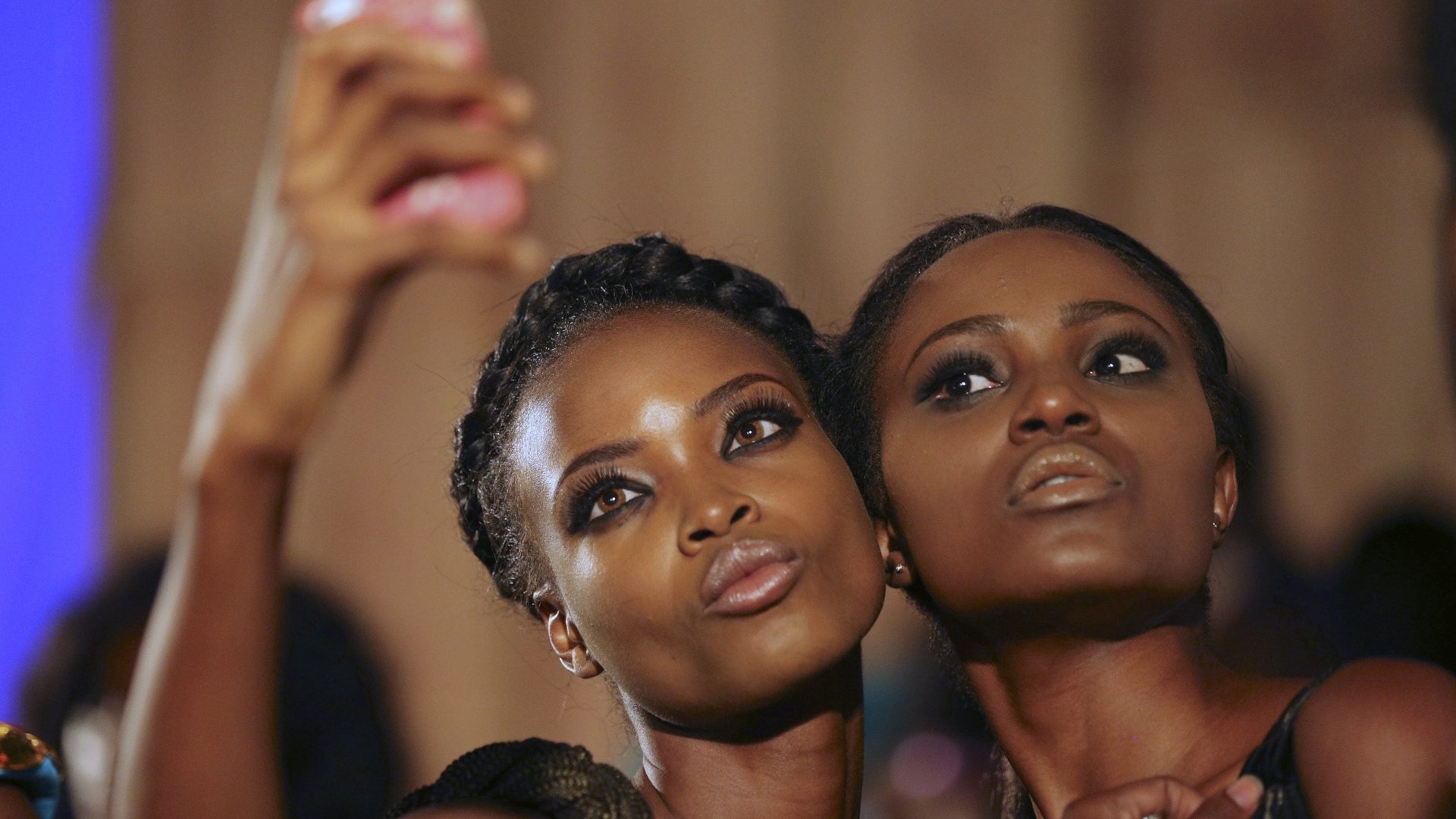Your social media profile photo makes you human. Why is it creepy on resumés?
LinkedIn profiles with photos get 21 times more views, and yield nine times more connection requests, than those without, the company says. Yet resumés with photos attached get a raised eyebrow from hiring managers.


LinkedIn profiles with photos get 21 times more views, and yield nine times more connection requests, than those without, the company says. Yet resumés with photos attached get a raised eyebrow from hiring managers.
“I’m actually less likely to talk to someone (with a photo on their resumé), because it says something about their judgment,” says Deborah Hankin, who heads up hiring at New York-based consulting firm SYPartners. “What is it signaling?”
Hankin says much of the disconnect stems from expectations: Photos are standard on LinkedIn, and they’re generally not on a resumé, so the presence of one sends a message. She notes that resumés are also fundamentally different from LinkedIn profiles, because space is so limited; a photo can crowd out more valuable information. “The real estate is so much smaller,” she says. “If you feel that strongly that I need to see your picture, I have to ask why.”
Experts tend to agree. Given how quickly hiring managers shuffle through a stack of resumés—spending less than two minutes on each—time spent looking at a photo is time not spent reading about qualifications, career consultant Amanda Augustine told Time. And while there are exceptions—resumés from mainland Europe and Asia, for example, where photos are much more common—standard guides for CV-writing, like this one from CareerBuilder, warn against including photos.
That conventional wisdom is beginning to change, however, as job seekers look for new ways to distinguish themselves. Professionals today often try to develop a personal brand, and applying for a job means selling a potential employer on that brand. To that end, using photos to help tell a story about yourself makes sense, management consultant Ron Asghar writes in Forbes. Employers are also looking for clues about candidates beyond their work experience and credentials; some even ask candidates to submit videotaped interviews. In that context, photos don’t seem out of place.
Unfortunately, resumé photos can also complicate unconscious bias in hiring, a factor in many companies’ lack of diversity. Recruiters are increasingly aware that qualified candidates may not be asked to interview because of their race or gender, or due to dozens of other details revealed in a resumé that may send signals about their background. In one study of class bias, college students whose resumés signaled affluence—they listed polo and classical music among their hobbies—were far more likely to get an interview at law firms than applicants who said they were on financial aid and liked country music.
Some employers are even experimenting with blinding resumés —removing names and universities—to eliminate possible clues about the applicants’ gender or ethnicity. Photos add just another element to trigger biases.
To be sure, most hiring managers will still check LinkedIn profiles to gauge the appearance of candidates, says Steve Goodman, CEO of Restless Bandit, which develops software for recruiters. Given the ubiquity of LinkedIn as part of the recruiting process—the company now has 500 million users—there’s little reason not to include a photo, he says.
“The old guard has a negative, visceral reaction, but it’s absolutely changing,”Goodman says. “It’s already changing in the EU, and its going to change here.”